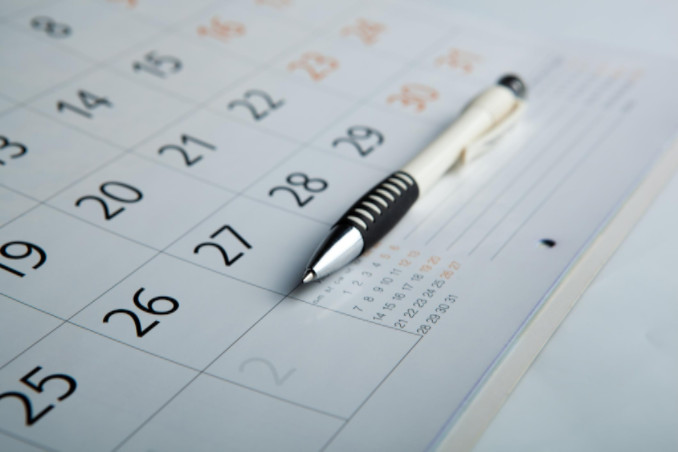
Whether you’re trying to get pregnant, trying to avoid pregnancy or want to plan your next beach vacation, tracking your period is a very useful tool. It can help you determine how long your cycles are, understand when you ovulate and make an accurate guess as to when you’ll start each month.
It may seem like a hassle, but keeping track of your cycle is actually very simple. Even just marking a small “x” in your planner or home calendar on each day of your period is enough. You can get technical by using a smartphone app or a website, or keep it simple and somewhat discreet (you probably don’t want to announce when you’re menstruating to all of your coworkers).
What Should I Track?
The most obvious info to track is when you start your period each month so that you can determine the length of your cycle. The average menstrual cycle lasts between 28 and 35 days from the start of one period to the next. If you need help figuring it out or feel like yours is off, talk to your gynecologist.
Other things that are useful to track include:
- Flow (Which days are heavy? Which days are light?)
- Cravings and changes in appetite
- Cramps and/or headaches
- Energy level and mood
Tracking your period can help you keep tabs on your overall health and it can alert you to potential problems. Missing a period due to stress or changes in hormones is not uncommon, but missing more than one or experiencing other symptoms may indicate a more serious issue or pregnancy.
Consult your gynecologist if you have any questions regarding menstruation and your health.


